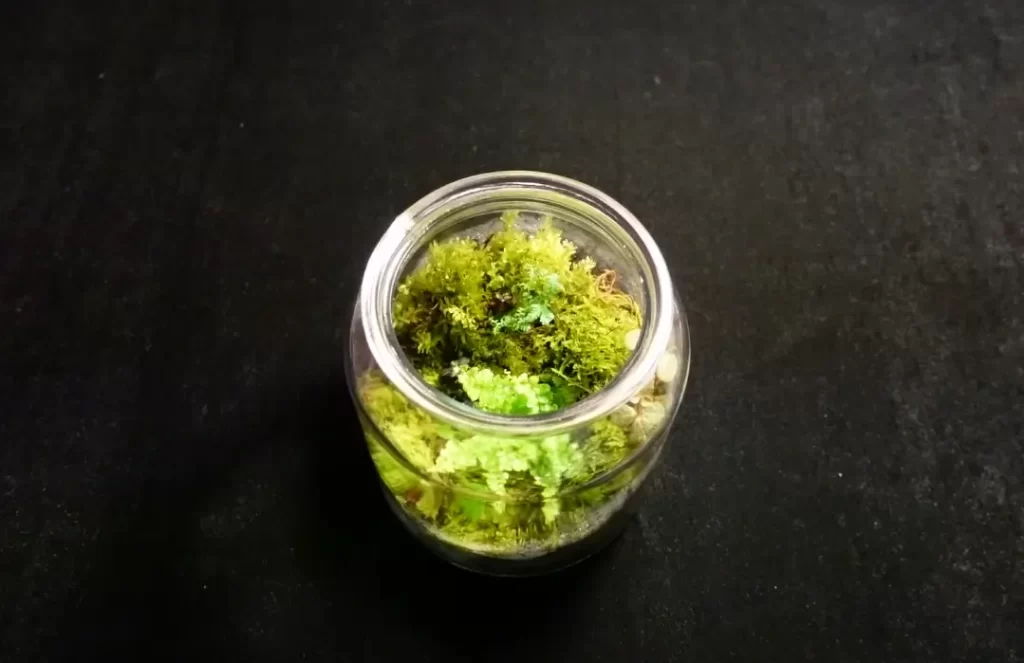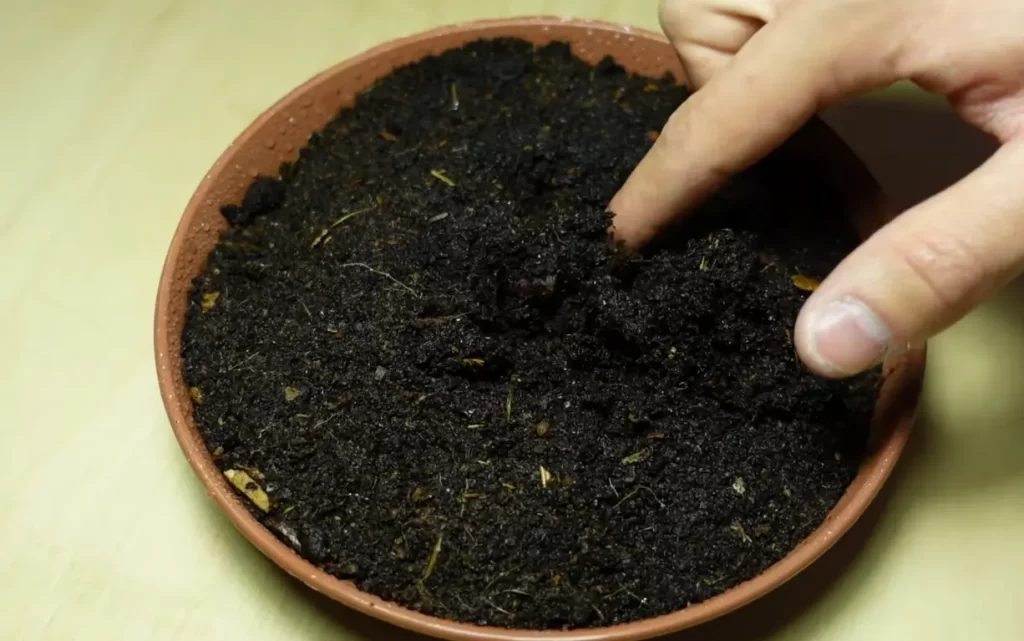How To Keep Heat In Glass Terrarium: Best Practice
Glass terrariums are popular for housing reptiles, amphibians, and other small animals. However, keeping the temperature consistent and appropriate can be a challenge.
Without proper heating, your pets could become ill or even die. So, how to keep heat in glass terrarium?
To keep heat in a glass terrarium, you can use a terrarium cover to trap the heat inside, add insulation to the walls of the terrarium, and use a heat mat or light to provide additional heat.
In this guide, we will discuss some effective ways to keep the heat in your glass terrarium, whether you use a heat mat, heat lamp, or both. We will also cover some tips on maintaining the ideal temperature and avoiding common mistakes. Let’s get started!
Why Should You Keep Heat In Glass Terrarium
Glass terrariums are popular for keeping reptiles as pets because they provide a safe and enclosed environment. However, maintaining the right temperature is crucial for the health and well-being of the reptiles.

During the winter, ambient temperatures can drop, making it difficult for the reptiles to regulate their body temperature. This is where heating comes in. Heat sources such as heat lamps, ceramic heat emitters, and heating mats can be used to keep the terrarium warm.
It is essential to monitor the temperature using a thermometer or a digital thermometer and adjust the heating accordingly. The use of thermostats can help regulate the temperature and prevent overheating. The humidity levels should also be monitored to ensure the reptiles have enough water to stay hydrated.
Central heating may not be enough to provide the necessary heat for a glass terrarium. Therefore, investing in heating equipment specifically designed for reptiles is crucial. Heat bulbs are a common solution, but other heating options are available, including ceramic heat emitters, mats, and pads.
How to Keep Heat in Glass Terrarium
Keeping the temperature inside the glass terrarium appropriate can be challenging, particularly in winter. Below, we will provide solutions on how to keep heat in glass terrarium for reptiles.
1. Heating Sources
A heating bulb is one of the most common ways to heat a glass terrarium. The bulb can be set up inside the terrarium, but it’s important to ensure that the reptile doesn’t come into contact with it. Alternatively, ceramic heat emitters can be used as a source of heat. They provide warmth without emitting light, benefiting reptiles that need a day and night cycle.
2. Thermostats and Thermometers
You can use a thermostat to ensure the temperature remains at the desired level. A thermostat can be set up to regulate the heat source, ensuring the temperature remains stable. A digital thermometer can monitor the temperature inside the terrarium, particularly when the ambient temperature drops at night.
3. Humidity Levels
In addition to temperature, ensure the humidity levels inside the glass terrarium remain appropriate for the reptile. Water can be added to the terrarium, and a submersible water heater can maintain the water temperature. This will help create a more humid environment for the reptile, particularly in the winter when the air can dry.
4. Heat Loss Prevention
One issue with glass terrariums is that they can lose heat quickly, particularly if they are not sealed correctly. The glass terrarium should be sealed with a suitable material to prevent heat loss. Additionally, a heating pad can be placed underneath the terrarium to provide an additional source of warmth.
5. Alternative Heating Methods
If a glass terrarium is located in a room with central heating, it may be possible to use this as a heat source. However, ensuring that the temperature inside the terrarium is still appropriate for the reptile is important. Alternatively, heat cables or heat tape can be used to provide warmth.
These tips will help you to increase your terrarium plant lifespan. However, if you don’t know the life span of terrariums, check the post on how long do terrariums last.
Types of Heat Sources for Glass Terrariums
Providing adequate heat is one of the most critical aspects of maintaining a glass terrarium. Here, we will discuss various heat sources used in glass terrariums.
Heat Lamps
Heat lamps are a popular choice for heating glass terrariums. These lamps emit infrared radiation, which provides heat that the terrarium and its inhabitants can absorb. Heat lamps are available in a range of wattage and can create a warm basking spot or increase the terrarium’s overall temperature.
Heat Mats
Heat mats, also known as heat pads, are another option for heating a glass terrarium. These mats are placed beneath the terrarium and provide gentle, constant heat. Heat mats are ideal for species requiring a warmer substrate or creating a warmer area in a cooler terrarium.
Ceramic Heaters
Ceramic heaters are a type of heating element that emits infrared heat. They are often used in glass terrariums as they do not emit light, which can disturb the sleep patterns of some reptiles. Ceramic heaters are particularly useful for maintaining consistent ambient temperatures in the terrarium.
Radiant Heat Panels
Radiant heat panels are a newer form of heating technology that can be used in glass terrariums. These panels emit heat similarly to ceramic heaters but provide a larger surface area of heat. Radiant heat panels are useful for larger terrariums or species requiring a specific temperature gradient.
Infrared Heat Bulbs
Infrared heat bulbs are another type of heat source that can be used in glass terrariums. These bulbs emit infrared heat and do not produce visible light. Infrared heat bulbs are particularly useful for creating a warm basking spot in the terrarium.
Possible Causes of Heat Loss in Glass Terrariums
One common issue with glass terrariums is heat loss, especially during winter. This can lead to inadequate heating and humidity levels, harming your reptiles and plants.

Below, we will discuss the possible causes of heat loss in glass terrariums and the solutions to keep heat in.
- Poor Insulation: Glass is not a good insulator, and heat can easily escape. Heat loss can be a major issue if your glass terrarium is poorly insulated.
- Lack of Heat Sources: The number and type of heat sources in your terrarium can affect heat retention. If you only use one heat source, maintaining the desired temperature may not be sufficient.
- Malfunctioning Heating Elements: If the heating elements in your terrarium, such as heat lamps, ceramic heaters, or radiant heat panels, are not functioning properly, they may not be able to maintain the desired temperature.
- Poorly Positioned Thermometers: If your thermometer is not positioned correctly, it may not accurately reflect the temperature in your terrarium, leading to inaccurate heating.
- Ambient Temperatures: The ambient temperature in the room where the terrarium is placed can affect the temperature in the terrarium. If the room temperature is too low, it can lead to heat loss in the terrarium.
Final Thoughts
“How to keep heat in a glass terrarium?” is an important question for anyone considering setting up a terrarium. The key is to ensure that the terrarium is well-sealed and has plenty of insulation.
This can be achieved using air-sealing caulk, foam strips, and bubble wrap. Additionally, you should consider using a terrarium heater to provide a consistent, comfortable temperature.
Finally, be sure to monitor your terrarium’s temperature regularly to maintain your plants’ health. With the right care and preparation, a glass terrarium can provide a cozy, controlled environment for your plants or animals.
